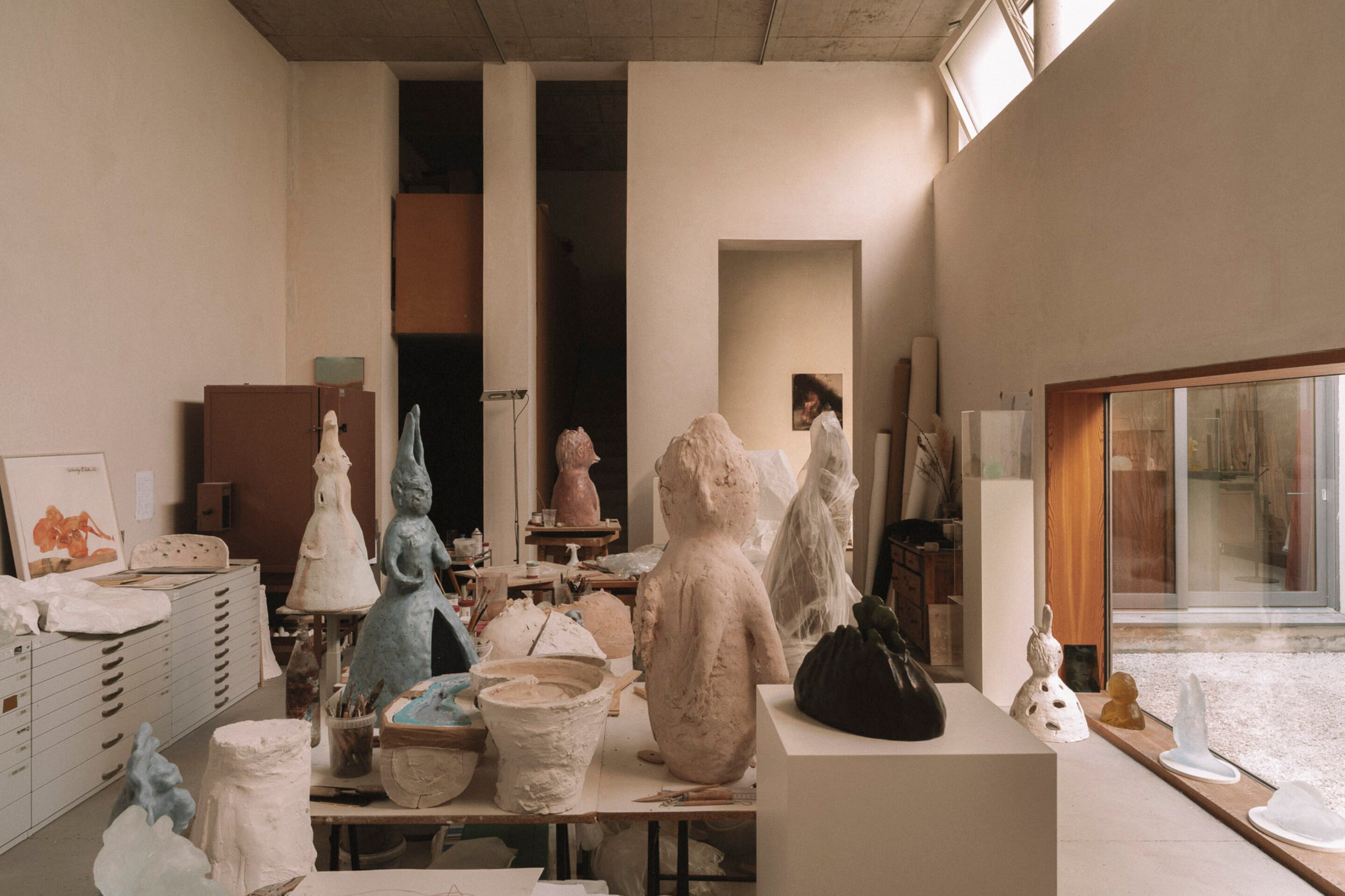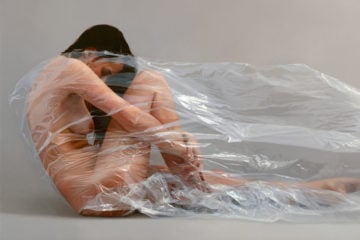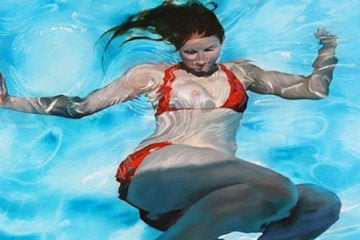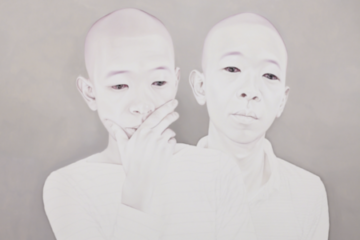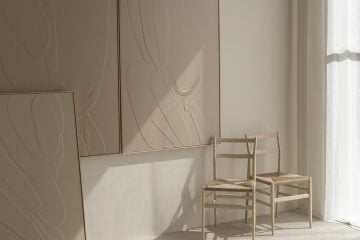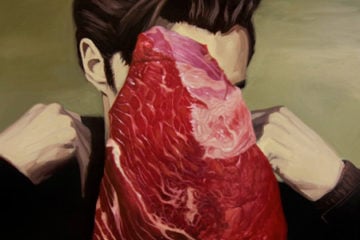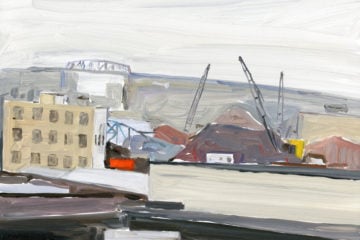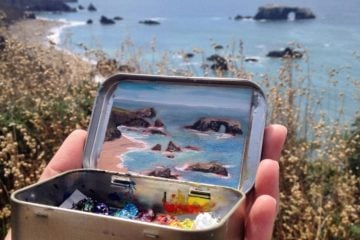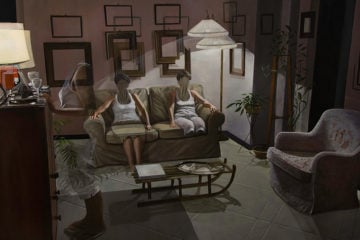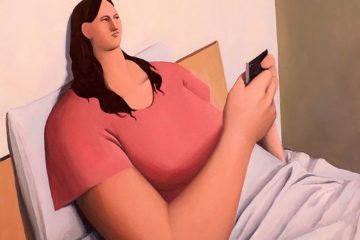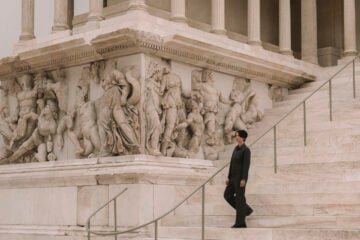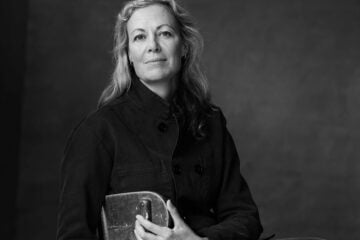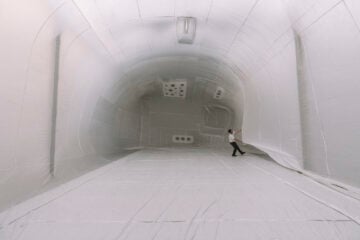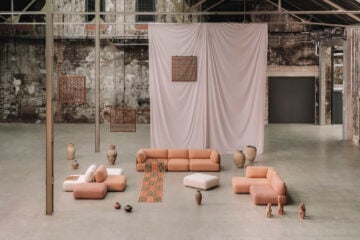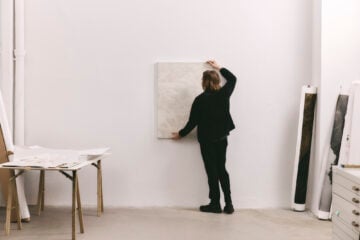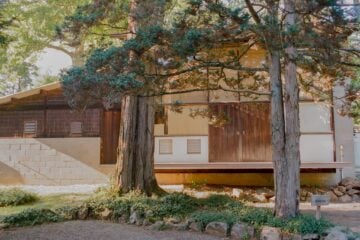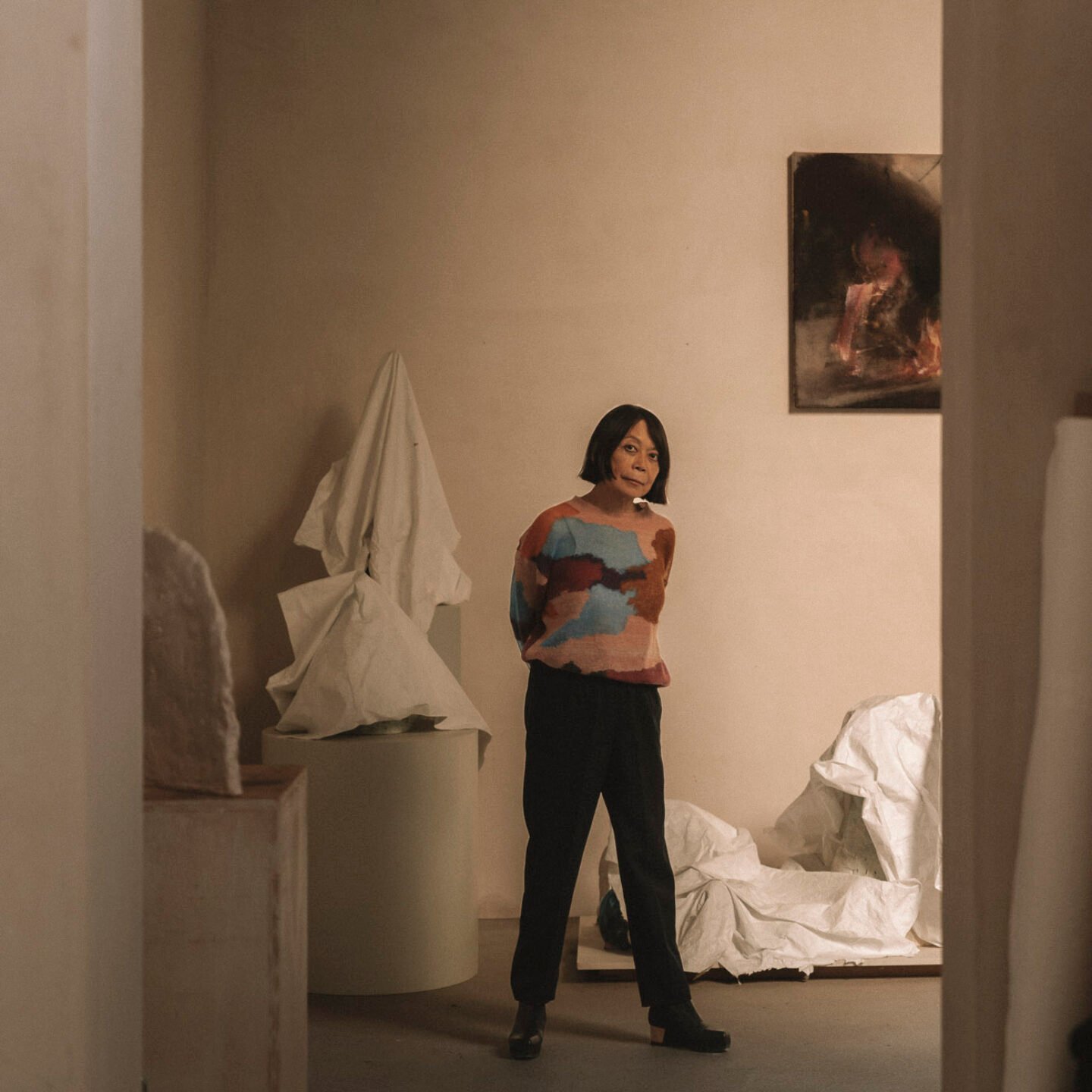
A Space That Breathes: Inside the Atelier Of Leiko Ikemura
- Name
- Leiko Ikemura
- Images
- Clemens Poloczek
- Words
- Marie-Louise Schmidlin
Leiko Ikemura creates worlds where the visible and the invisible intertwine. Oscillating between figuration and abstraction, she shapes environments inhabited by mythical beings that blend human and animal features. These hybrid creatures manifest themselves in her studio across mediums—ceramics, glass sculptures, drawings, and text. On her canvas, they dissolve into images of landscapes and natural sceneries. During the first days of spring, Ignant had the pleasure of visiting Ikemura in the place where she brings her creations to life.
An Aura Of Modesty
Leiko Ikemura’s studio is located within the walls of her home, which she shares with her partner, Philipp von Matt—the architect of the house. From the outside, the muted façade of the place subtly blends into the neighborhood. Only the window, which stretches almost the entire length of the building, hints at the unconventional space that lies within. “We didn’t want to build a self-referential building with very loud architecture,” Ikemura tells us about the house. “It was important for us to respect the neighborhood and integrate the building into it.” This initial insight into the architectural approach of the building already reveals an aura of modesty that surrounds the artist throughout our entire visit.
We enter the place and find ourselves in a high atrium softly illuminated by low lights. The calm prevailing within those walls easily lets us forget the proximity of the busy center of Berlin’s Kreuzberg district. The space envelops us in exposed concrete walls, and our gaze ascends in a circular motion along the spiral staircase. The living areas of Ikemura and von Matt are located on the upper levels. The artist’s studio sits on the ground floor.
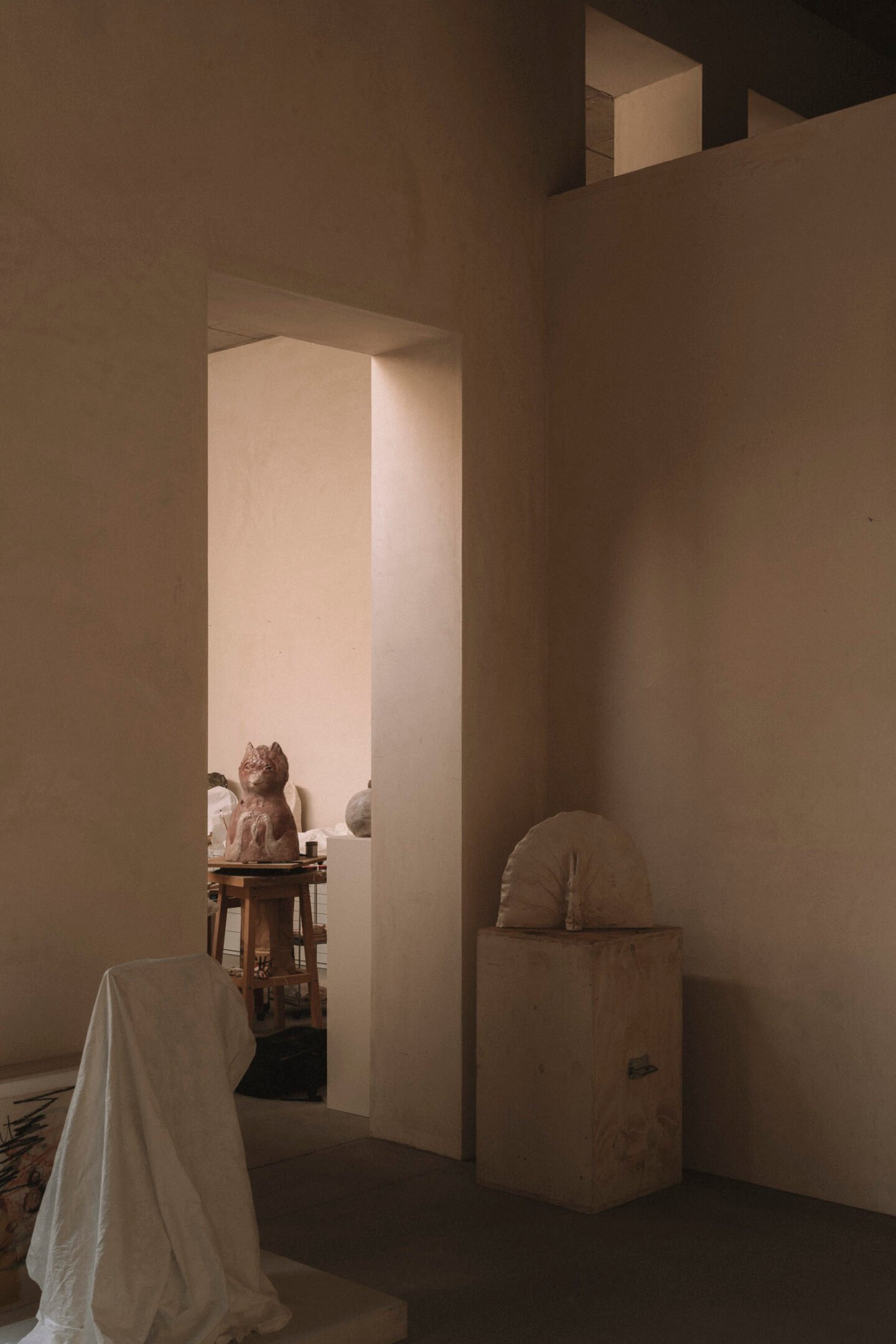
Architecture: Atelier Philipp von Matt Arch. BDA, Berlin
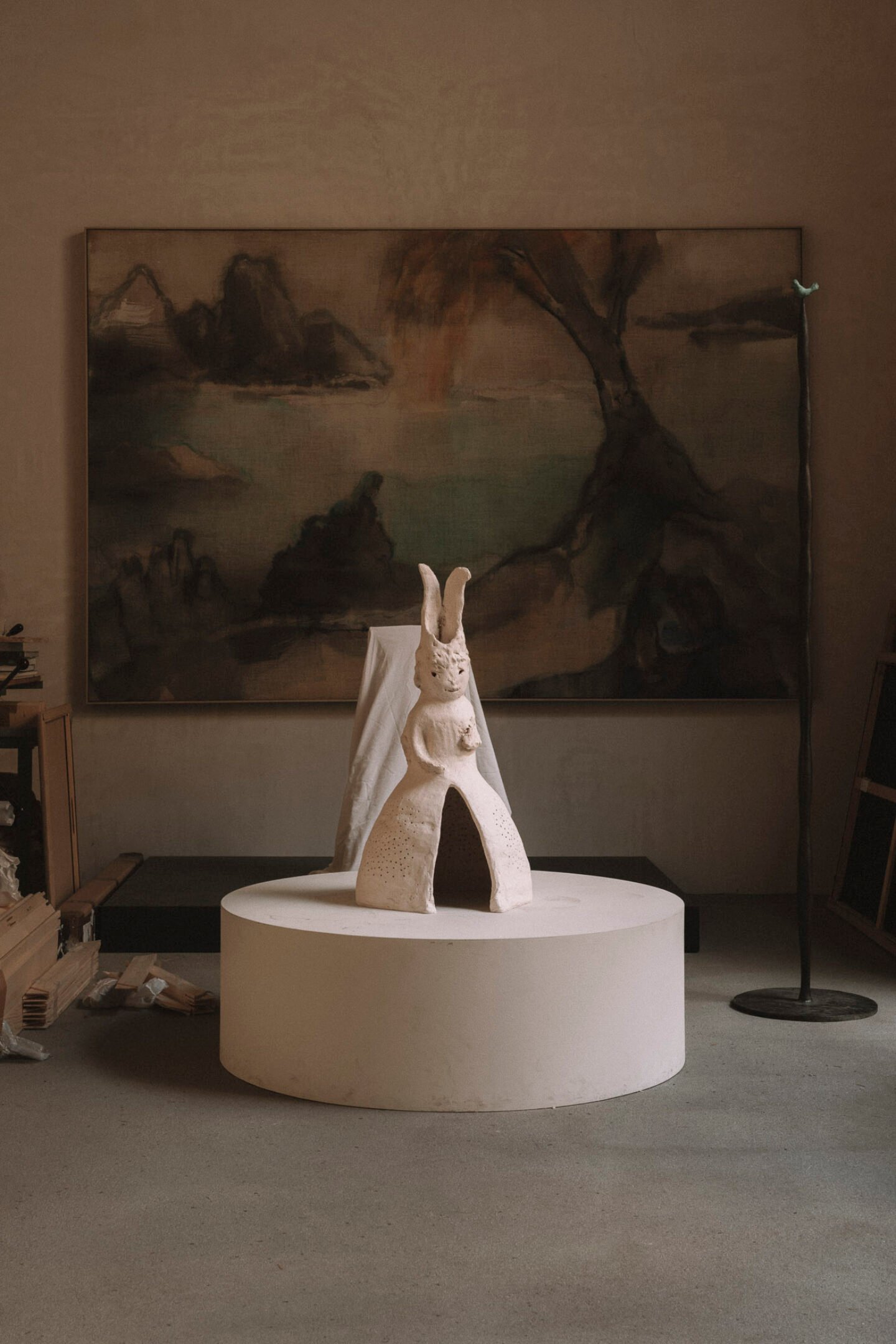
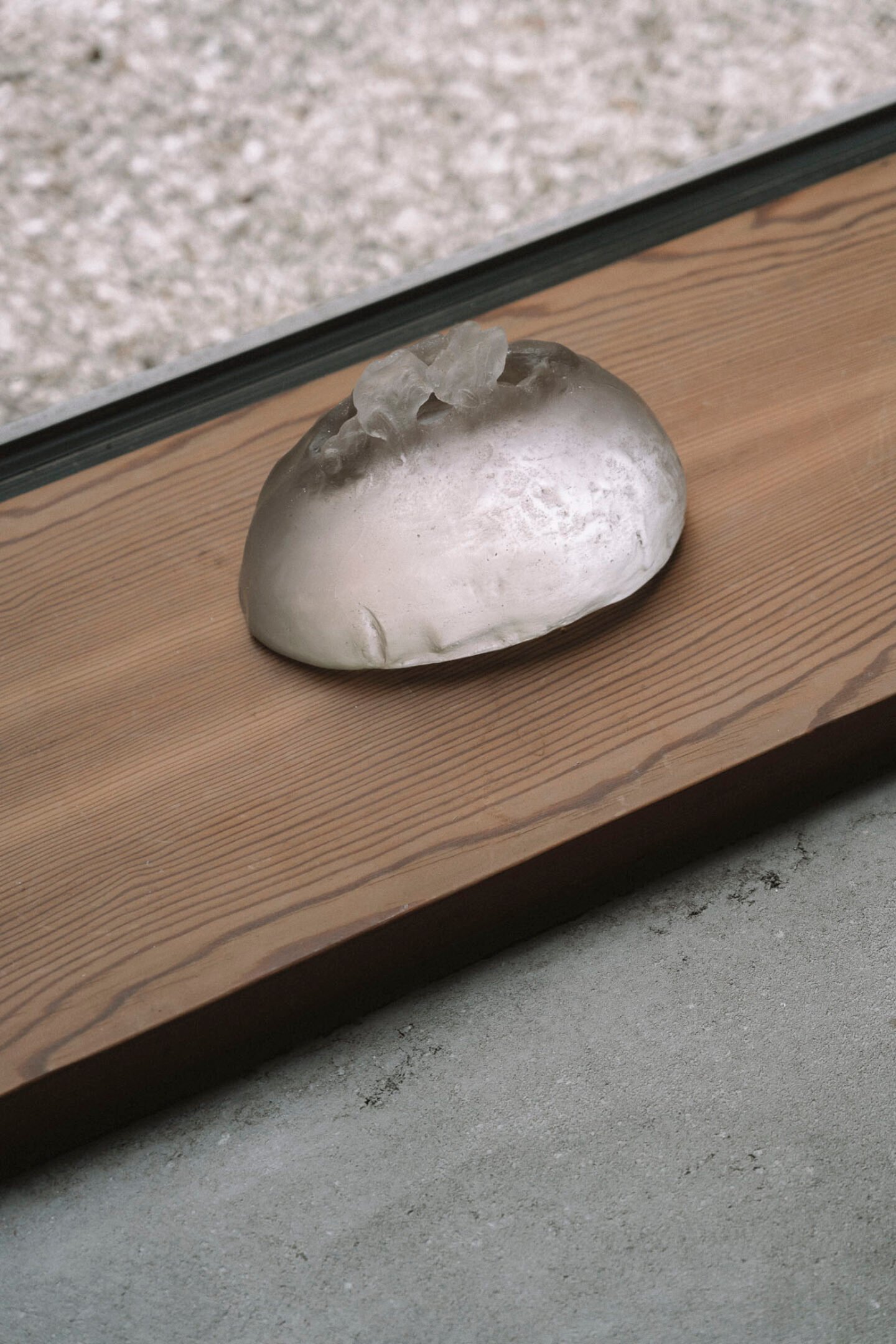
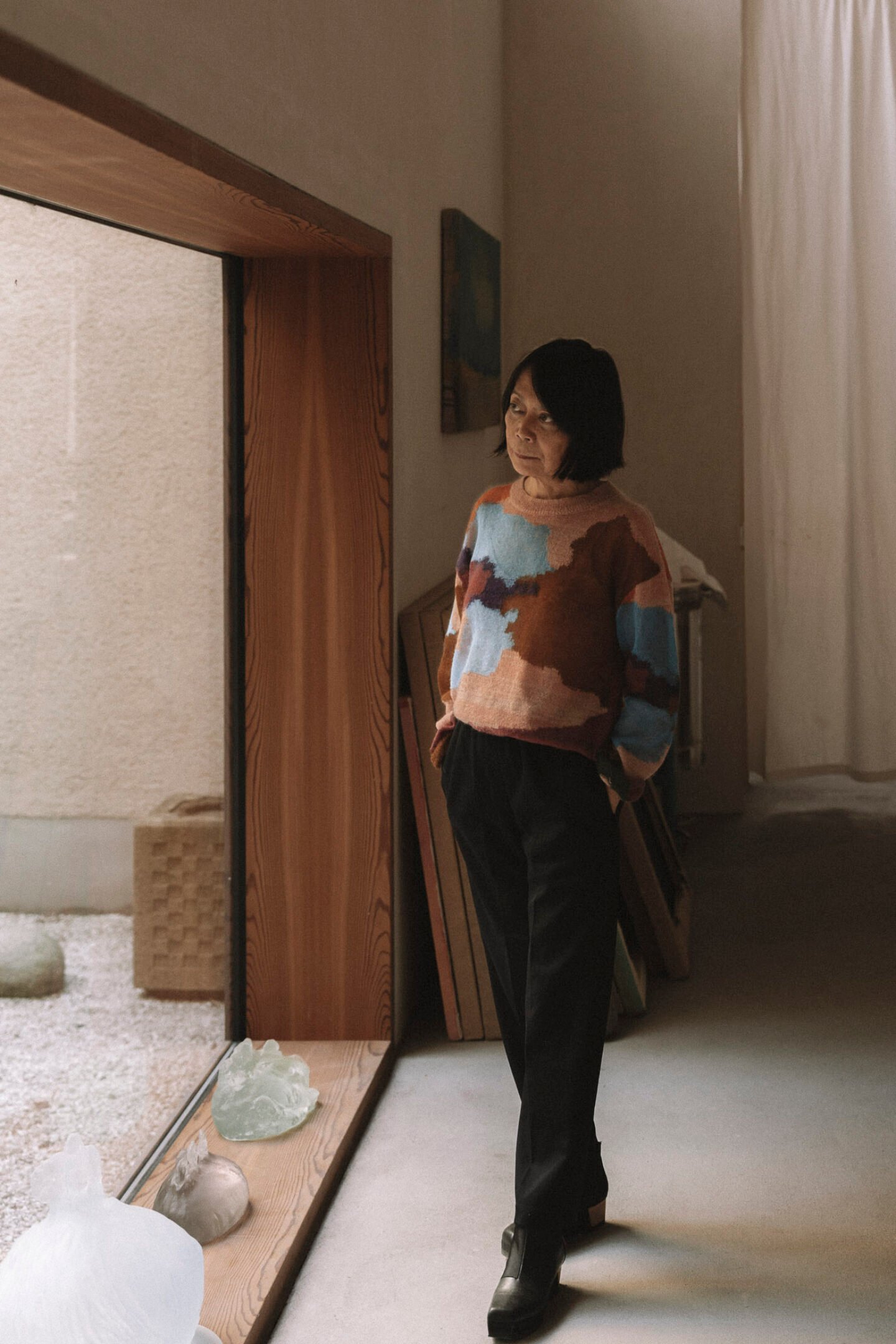
Alternating Mediums
Nature has always been integral to Ikemura’s artistic practice, stemming from her upbringing in Tsu, Japan, a small village by the sea. While her landscape paintings are an ode to nature, the artist also expresses concerns about environmental challenges through them, becoming occasionally apparent through darker hues and gestural brushstrokes. Ikemura’s rejection of anthropocentric worldviews is another element that is central to her artistic practice. “I don’t believe that humans are at the top of the hierarchy,” she asserts. “I see humans, animals, and trees as being one thing. That’s also where my hybrid beings emerge from.”
Alternating intuitively between mediums, Ikemura frequently works on different projects simultaneously. “Each medium has its own depths,” she reflects. “When I face challenges with a painting, I turn to other mediums or engage in different activities. Even simple acts like cleaning brushes can inspire new perspectives.” While the artist explores drawing, painting, ceramics, glasswork, and text, she admits that sculpting resonates with her most deeply. “Working with clay, using my hands, feels like the most direct form of expression,” she shares.

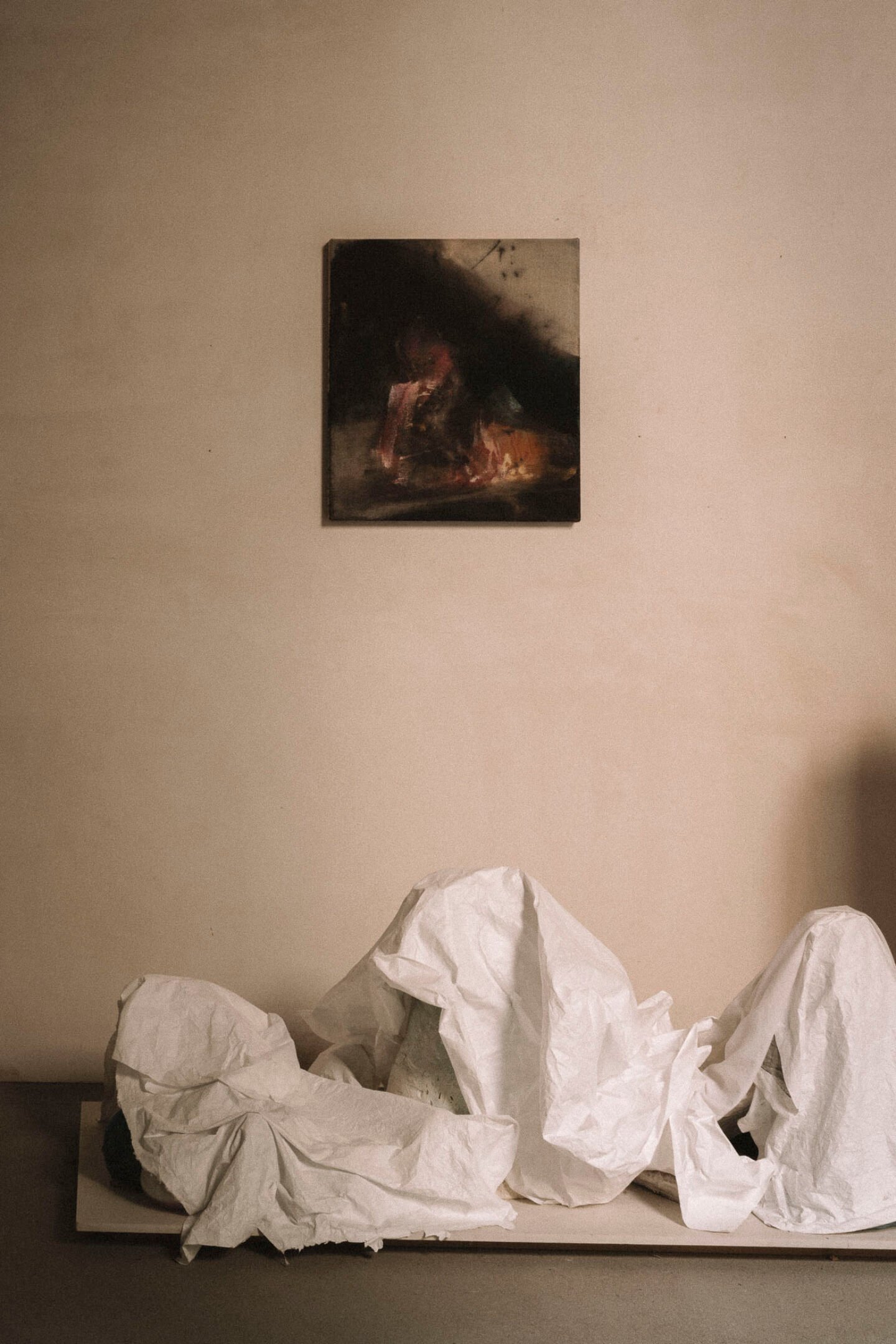
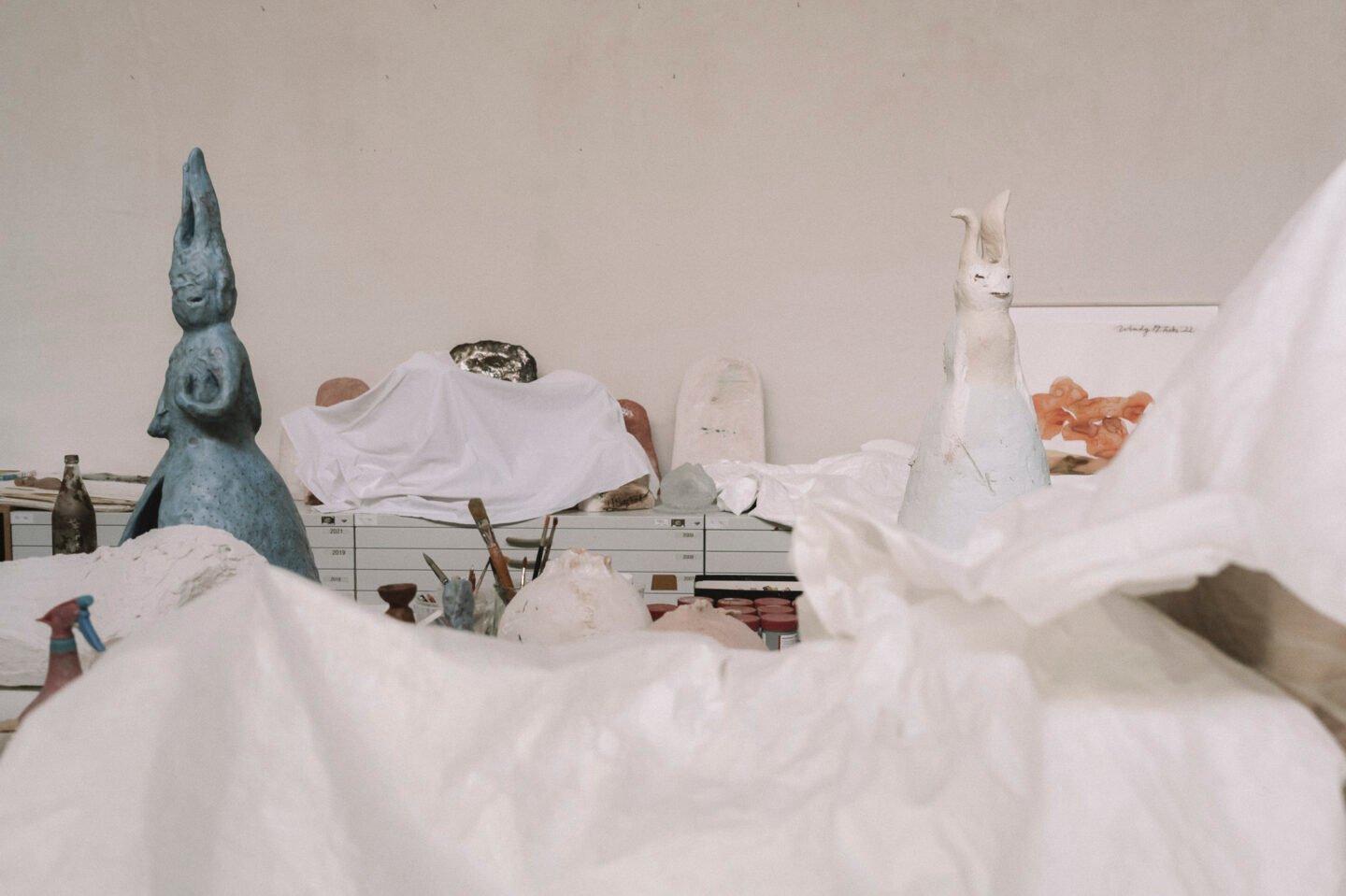
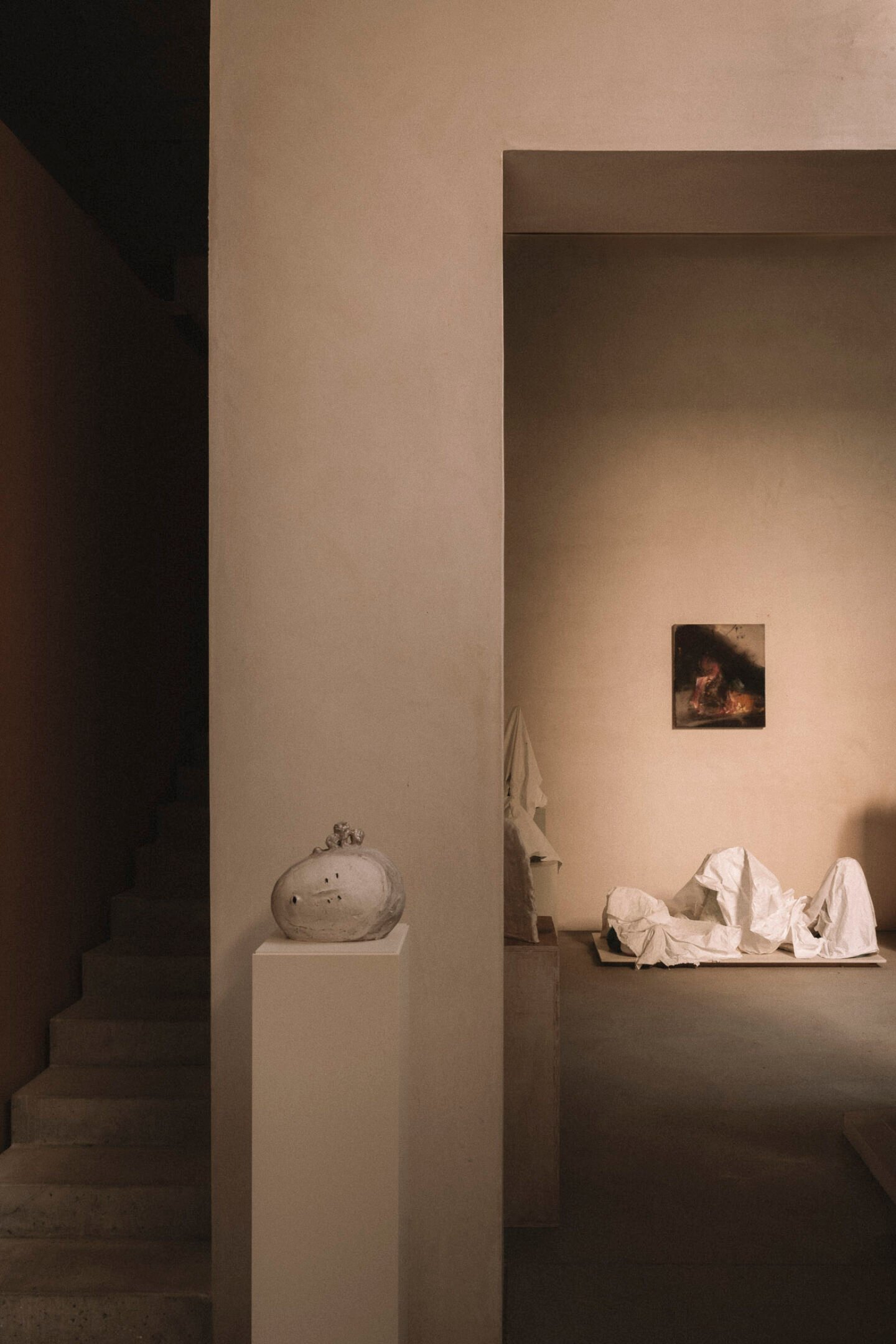
Architecture: Atelier Philipp von Matt Arch. BDA, Berlin
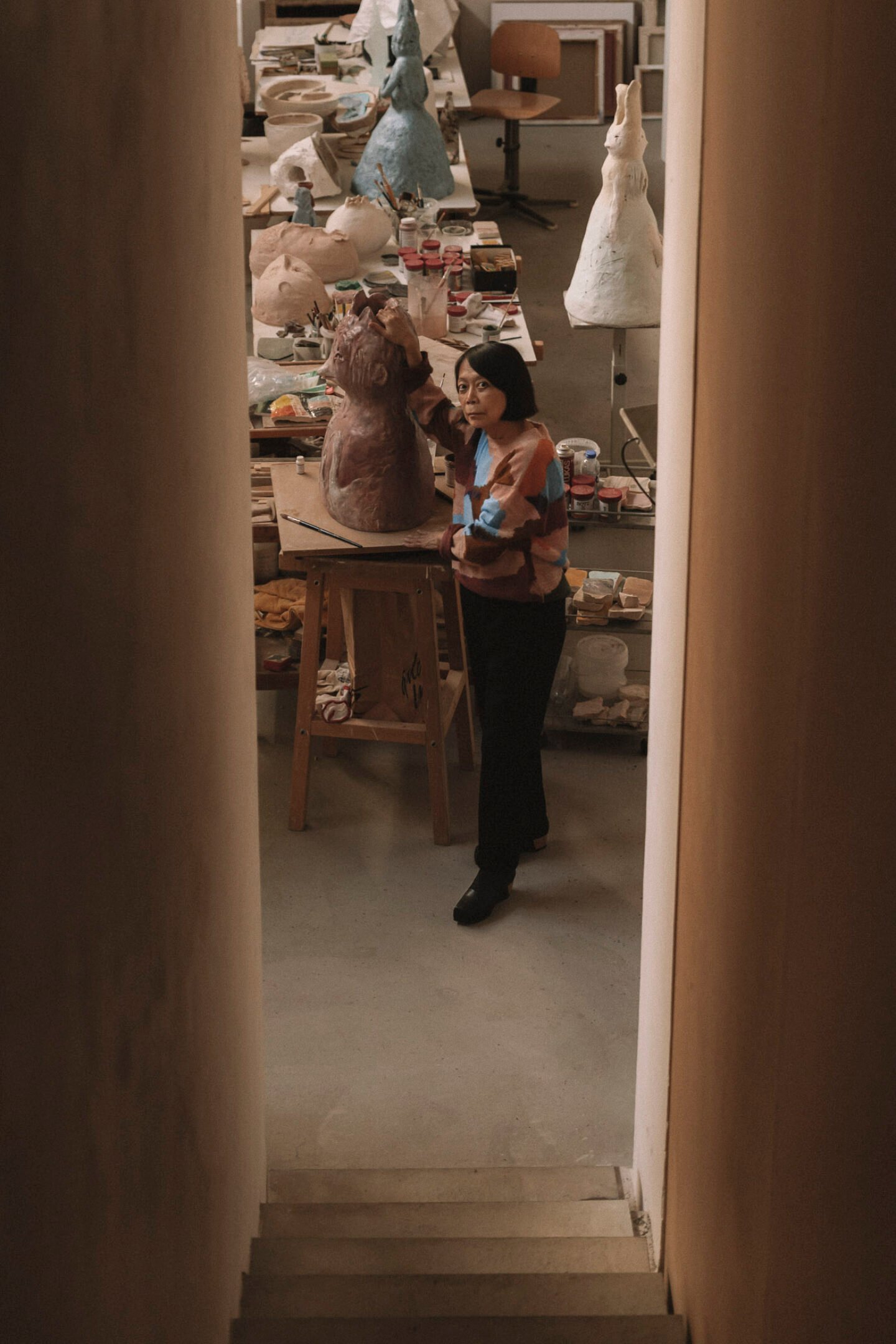
The Studio
Much like her artistic practice, Ikemura’s studio is a multifaceted space divided into distinct areas. Upon entering, one finds themselves in a room the artist jokingly refers to as her “railway station,” as “things leave and arrive at the studio from here all the time.” Here, canvases are carefully leaned against the walls, while sculptures, some covered in white fabric, others on elevated pedestals, inhabit the space. Three recent glass works by the artist—a bust, a resting head, and the form of a proud peacock—absorb the spring daylight and let it become part of their translucent bodies. The light enters the room through the expansive windows, leading to a tranquil patio with gray pebbles and bamboo trees. This visual integration of this little garden into the studio mirrors Ikemura’s practice, in which nature always holds a central place.
The second room of the atelier is filled with tables covered with tools, materials, casts, and works in progress, including a ceramic sculpture of a being that combines the facial features of a human and a bird. Pastel colors define the space with subdued hues of beige, pink, and blue—the tones of ceramic glaze that await their firing in the kiln to reveal their final color. Beyond lies Ikemura’s painting studio, where her focus shifts to brushes and pigment.
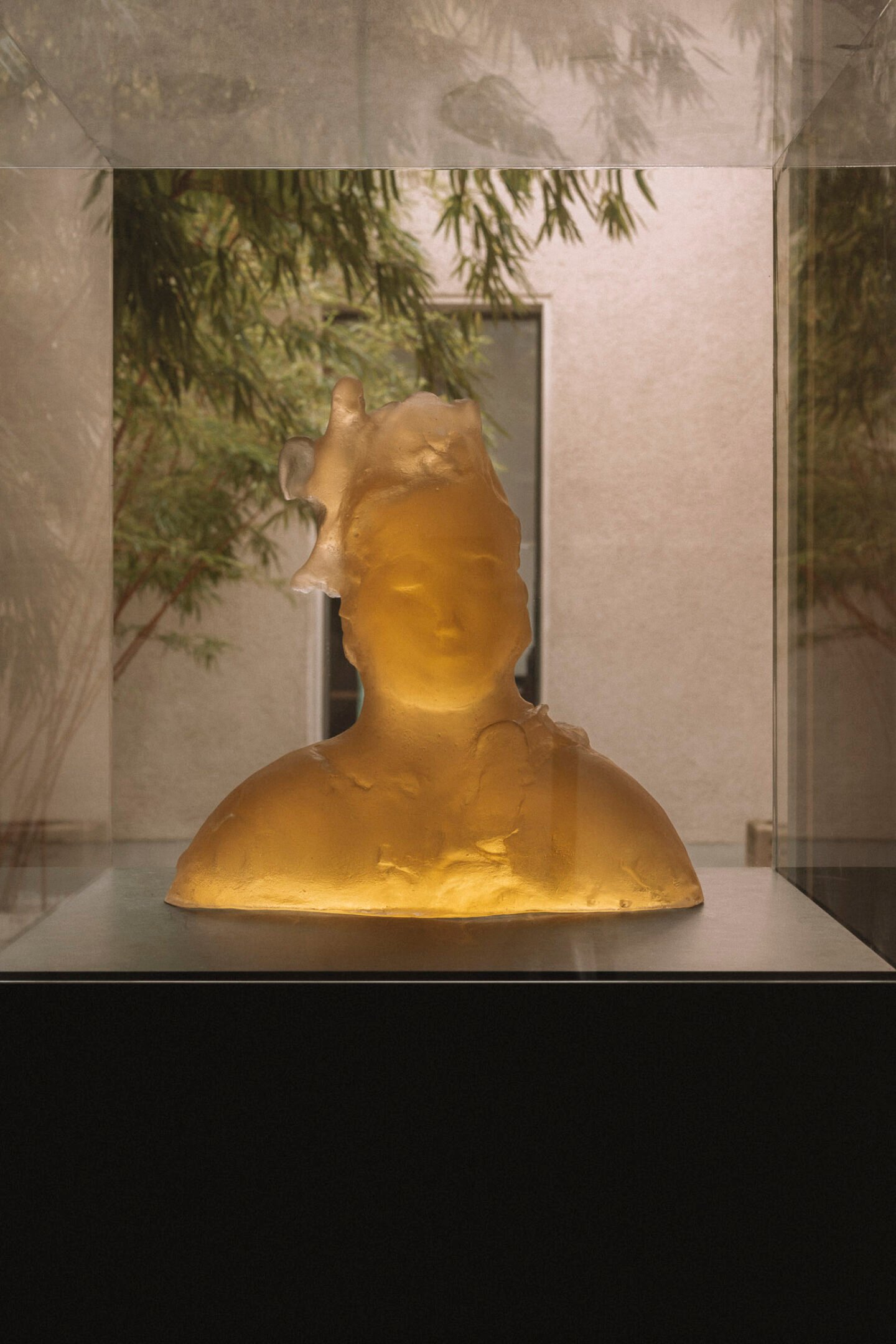
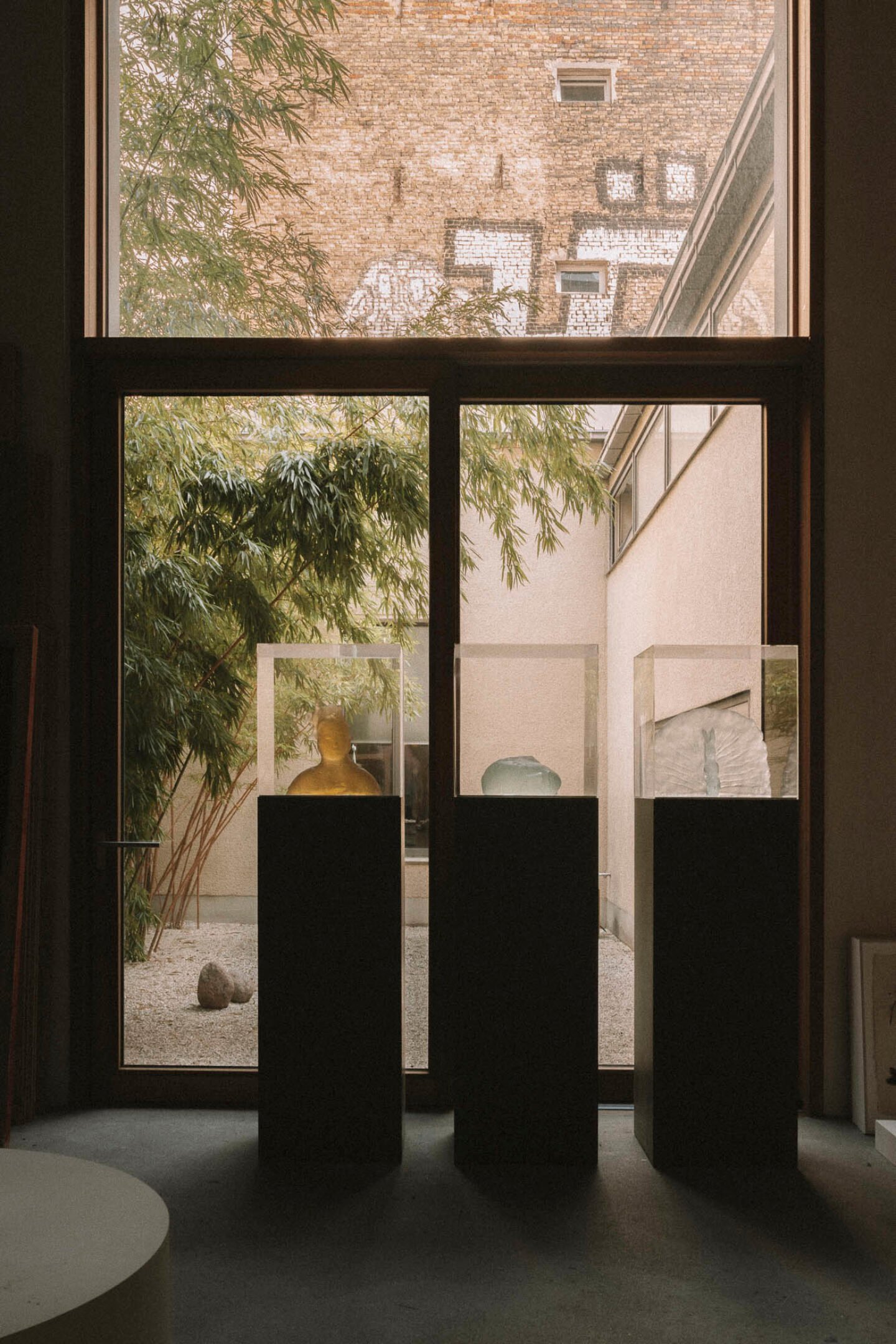
Architecture: Atelier Philipp von Matt Arch. BDA, Berlin
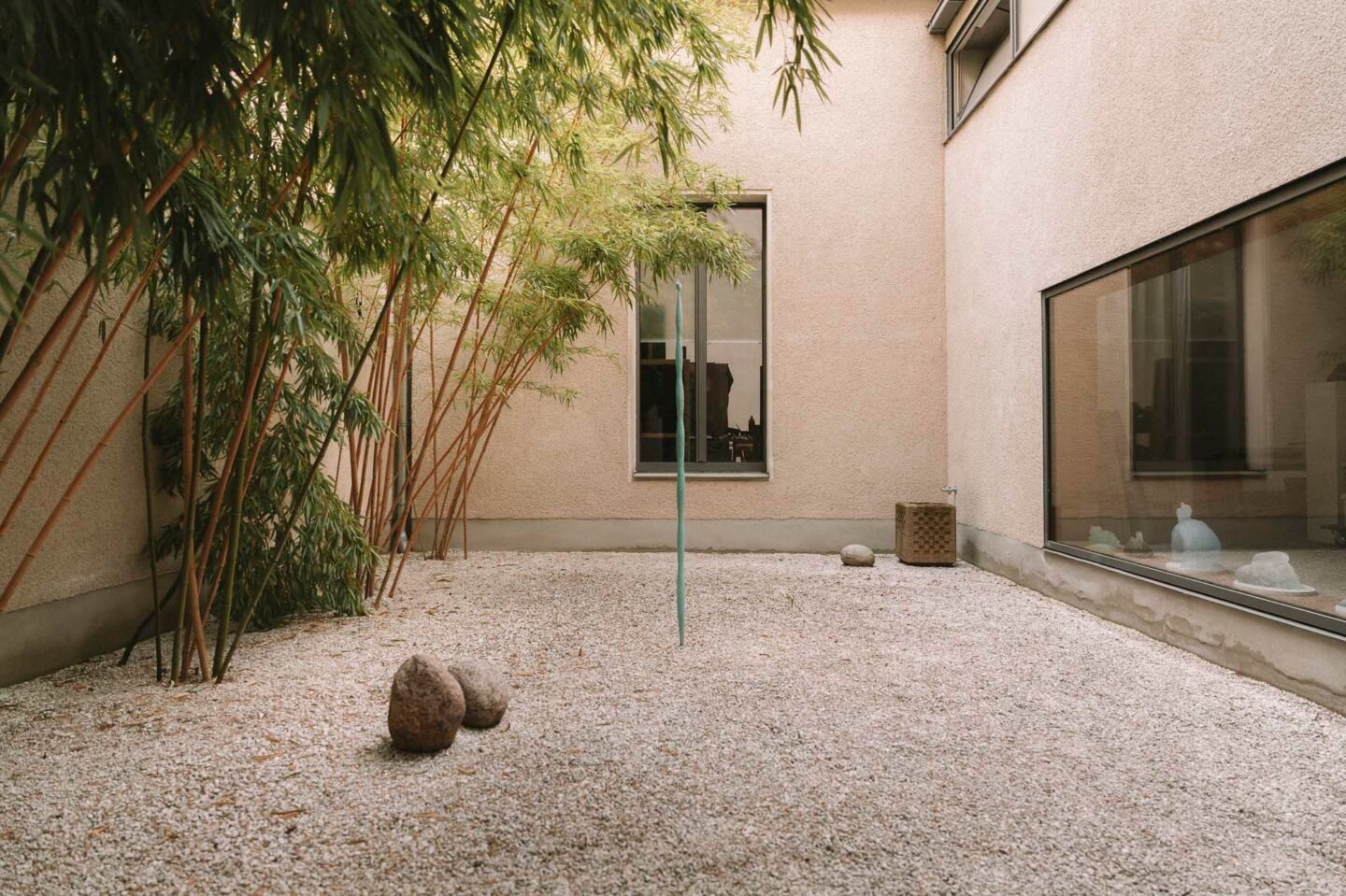

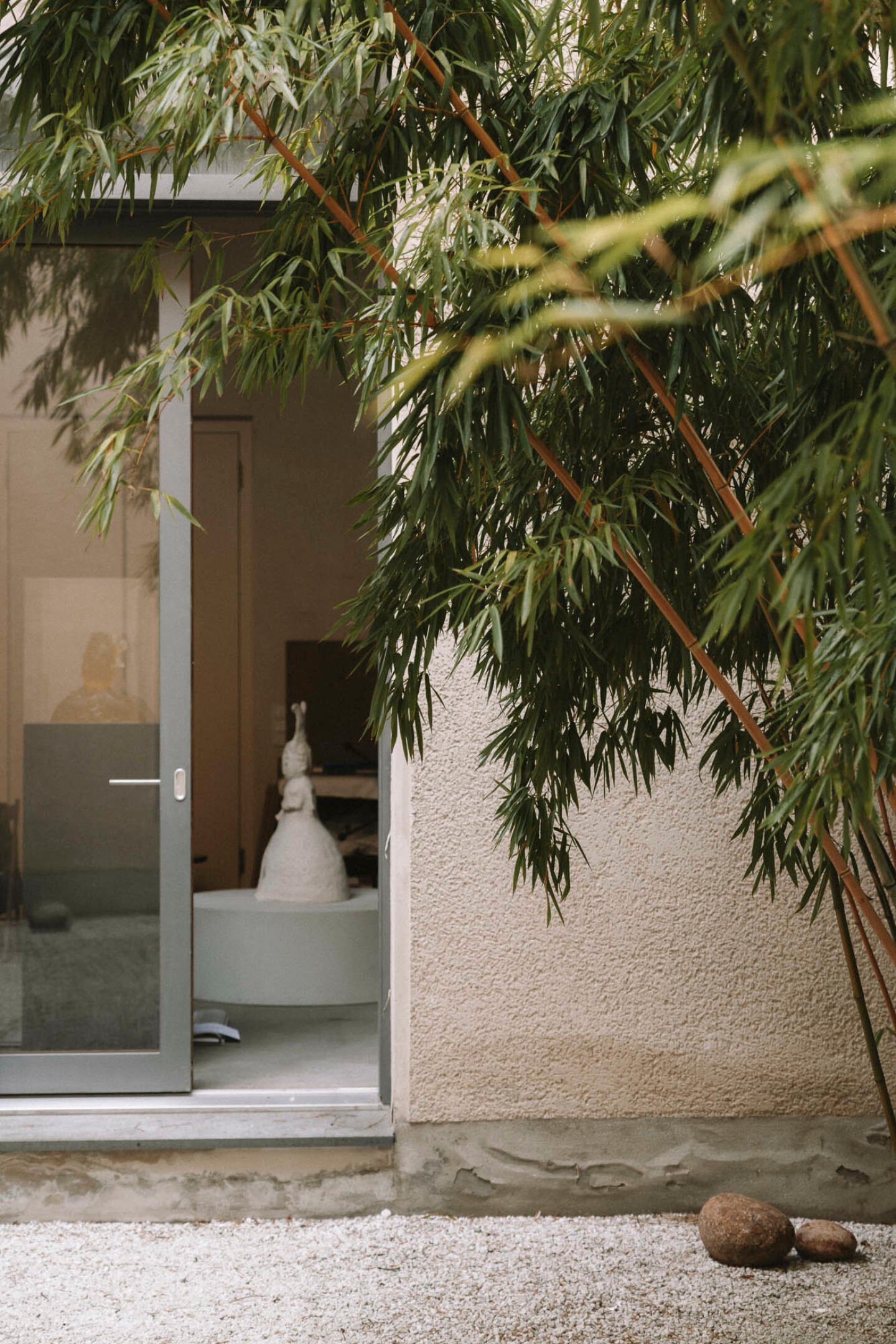
A Layer of Time
Ikemura first moved to Europe in the 1970s. She studied Spanish Literature in Sevilla before becoming interested in sculpture, which eventually led her to study at the city’s Academy of Fine Arts. Her path subsequently took her from Spain to Switzerland and Germany—first Cologne, then Berlin. During our conversation with the artist, we therefore also delve into the topic of language, which, given her background and fluency in four tongues, is of great importance for Ikemura. Yet, she shares that her interest in language goes beyond its descriptive function. “More than just as a tool for translation or illustration, I like to see language as part of artistic possibility. […] Words have their own sounds and texture of quality. They are also about the body and breathing,” she explains.
We discuss how certain words exist in one language but not in others, and how that sheds light on different cultural values. Within this context, we explore the significance of Wabi-Sabi, a term that resonates deeply in Ikemura’s life and practice. “The term describes something like a patina of time and climate that emerges when things change on the surface. Usually, in the Western world, it is seen as dirt and gets cleaned up. But in [Japanese] culture, it’s not always like that. We accept it as a part of the transformation of the material as if it is a change in its life.”
Reflecting on this, the concept of layers also appears to be weaving through Ikemura’s practice. Her abstract works and landscapes are composed of delicate, translucent layers of color, whereby the artist rarely strives for complete coverage. Choosing to paint only on jute or natural cotton, the artist opts for materials that shine through the colors. Her ceramic works are crafted from an amalgamation of clay and glaze, revealing varied surfaces and even the walls in her studio aren’t coated with opaque paint, which allows them to breathe.
As we leave the studio, we understand Ikemura as an artist who genuinely honors what has existed before and is curious about what is yet to come. Her art reflects this, showing how life is a continuous cycle in which each layer contributes to a larger picture that goes far beyond what the eye can grasp.
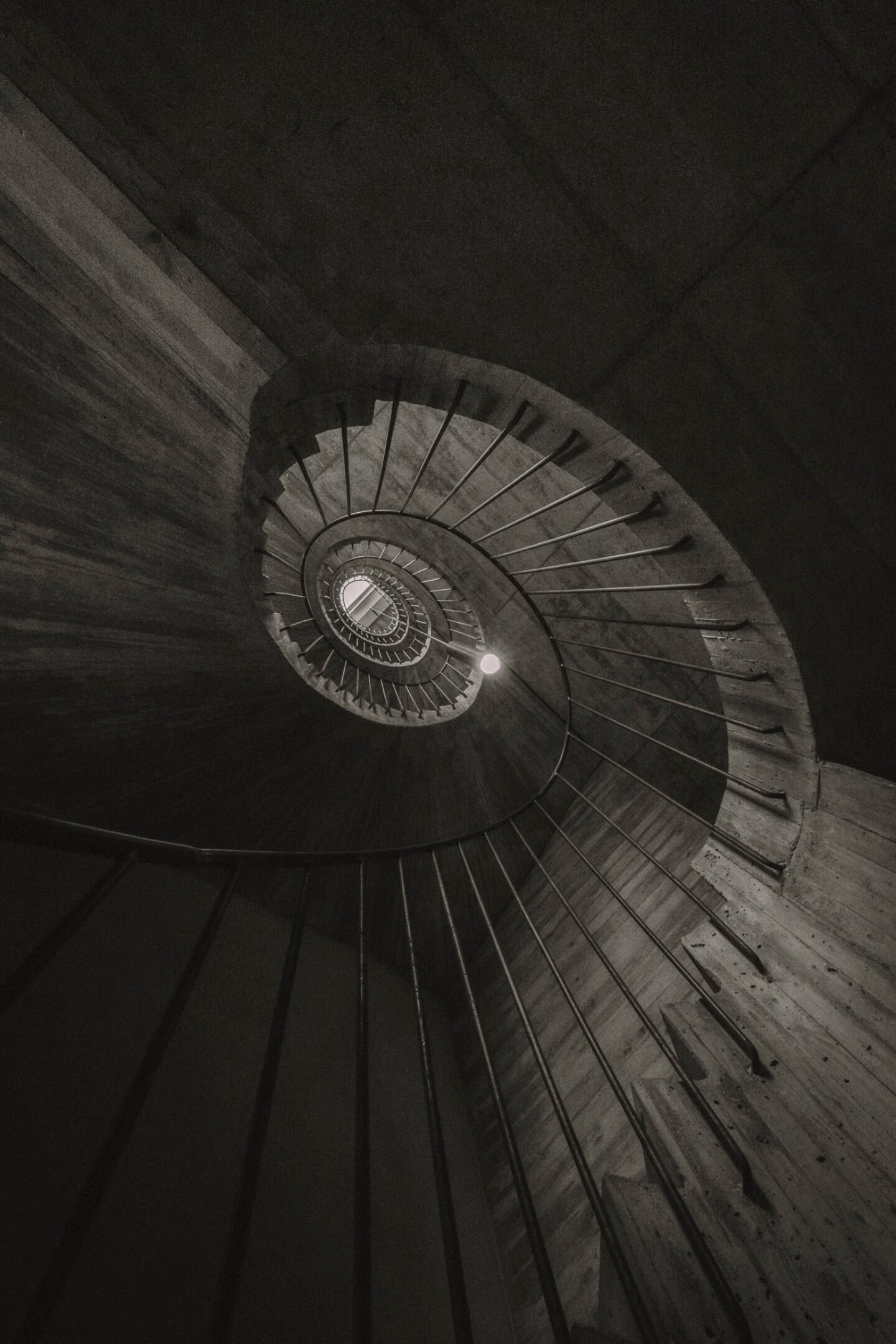
Architecture: Atelier Philipp von Matt Arch. BDA, Berlin
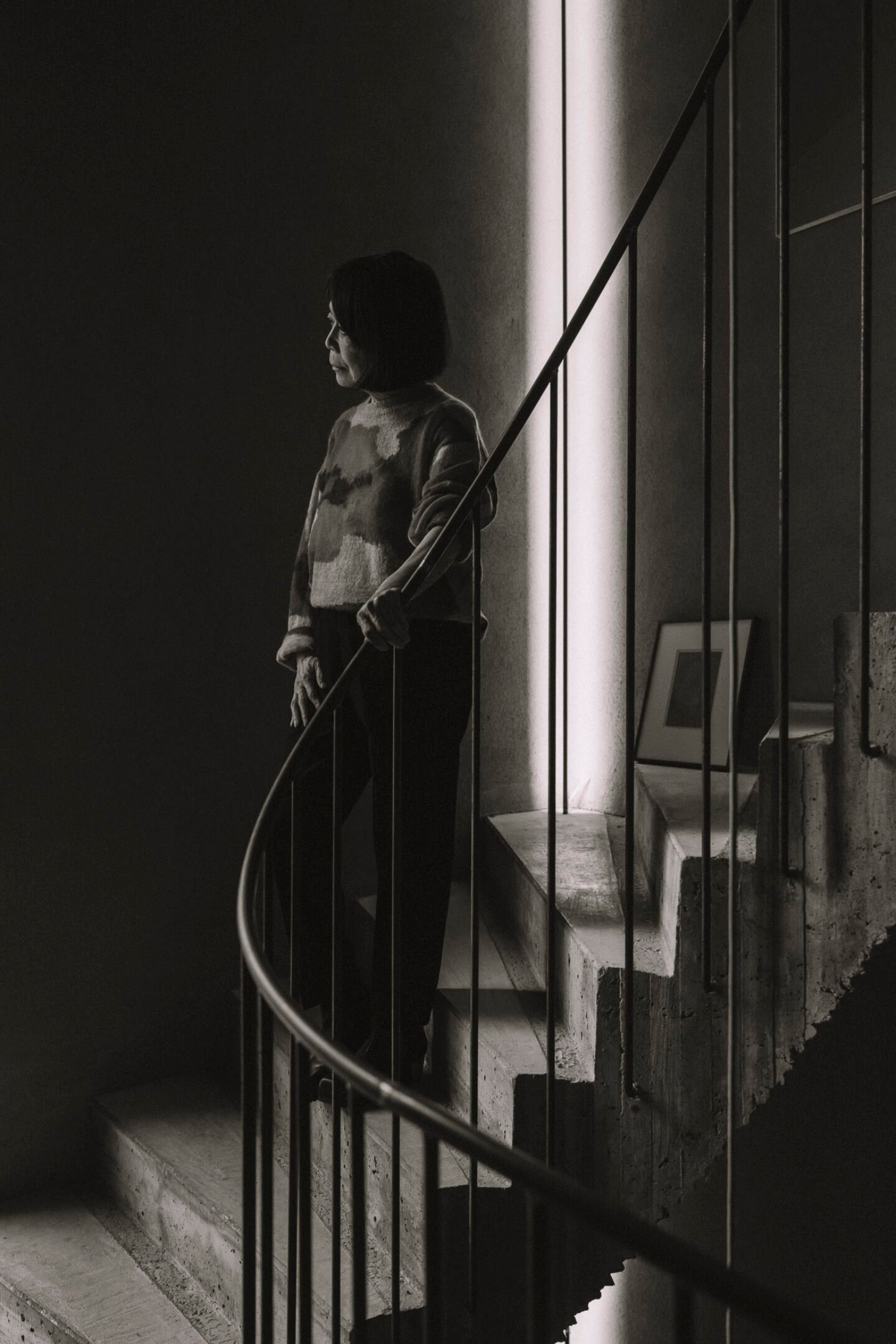
Images © Clemens Poloczek | Text: Marie-Louise Schmidlin
